Susuki, or Japanese pampas grass, is one of the most iconic plants associated with autumn in Japan. Its silvery white plumes, swaying gently in the wind, have long been intertwined with Japanese culture and traditions. It’s especially famous for its connection to moon-viewing (tsukimi), where it’s used as a decoration symbolizing the beauty of autumn.
In this article, we’ll explore the characteristics and origins of susuki, why it plays a role in moon-viewing, and the meaning behind the famous Japanese proverb “Yūrei no Shōtai Mitari Kare Obana.” Additionally, we’ll touch on how susuki is depicted in the popular game Nioh 2, where it adds to the atmospheric visuals of the game.
What is Susuki (Japanese pampas grass)?
Characteristics and Origins of Susuki (Japanese pampas grass)
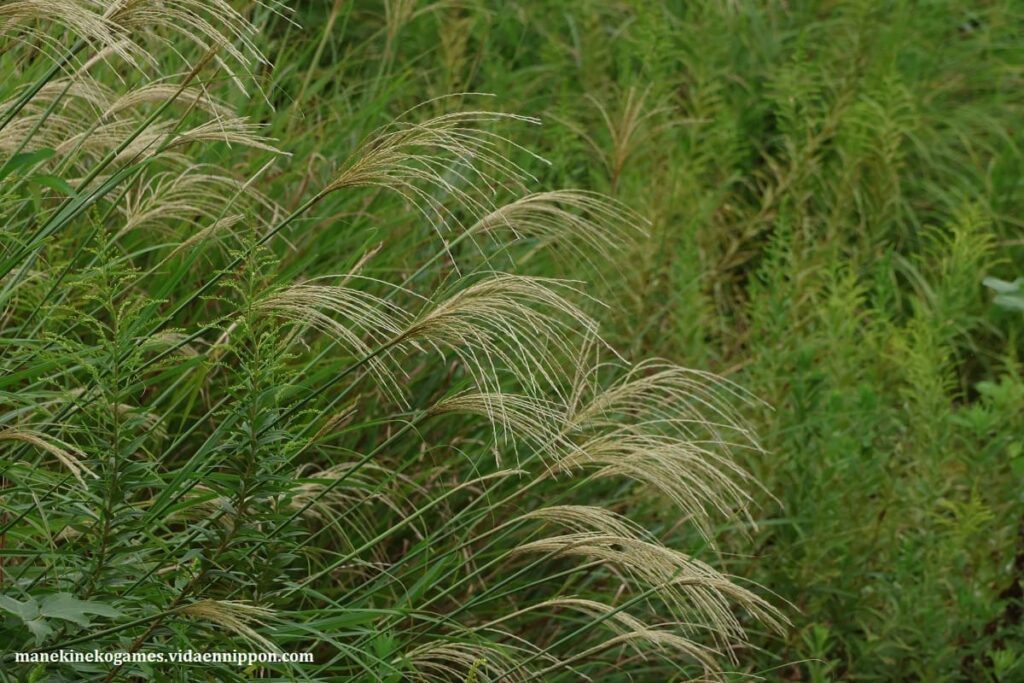
Susuki, scientifically known as Miscanthus sinensis, is a perennial grass belonging to the Poaceae family. Native to East Asia, including Japan, China, and Korea, it’s known for its long, slender leaves and feathery white plumes that bloom in the autumn. This resilient plant thrives in poor soil conditions, which has made it a symbol of endurance and strength in Japanese culture.
Susuki is also one of the “Seven Flowers of Autumn” (Aki no Nanakusa), a traditional group of plants celebrated for their beauty during the fall season.
The Relationship Between Pampas Grass and Japanese Culture
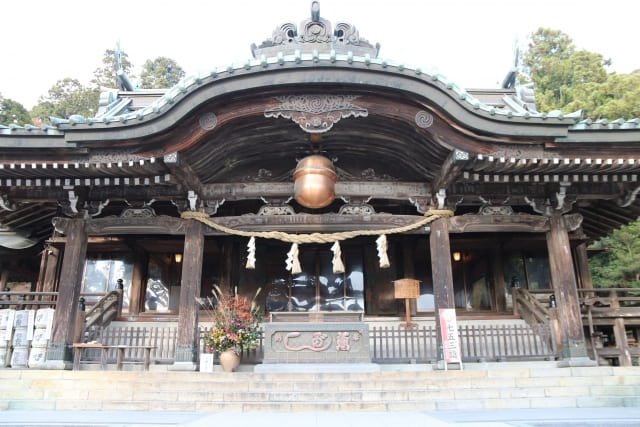
Japanese Pampas Grass holds a special place in Japanese rituals and traditions. For example, it is often used in sacred decorations for Shinto ceremonies, such as in shimenawa (sacred ropes) and shimekazari (New Year decorations). These uses reinforce its significance as a plant with spiritual and cultural importance.
The Role of Susuki (Japanese Pampas Grass) in Moon-Viewing
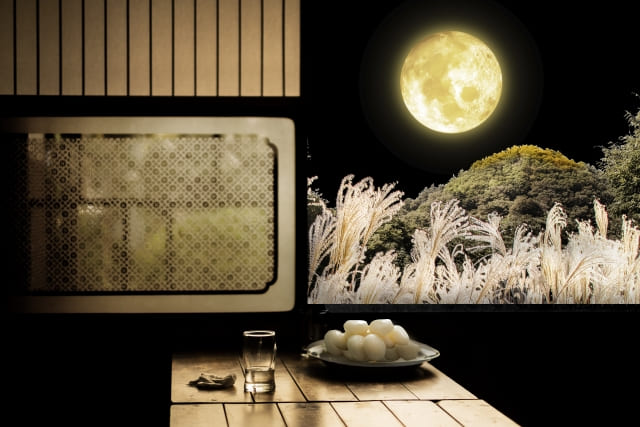
Moon-viewing, or tsukimi, is an autumn festival in Japan where people gather to appreciate the beauty of the full moon. During this celebration, it is common to display susuki along with offerings of rice dumplings (tsukimi dango) and seasonal fruits. Susuki serves as a symbolic substitute for rice plants, linking the festival to prayers for a good harvest. Its graceful appearance under the moonlight adds to the serene and reflective atmosphere of the event.
The Meaning Behind the Proverb “Yūrei no Shōtai Mitari Kare Obana”
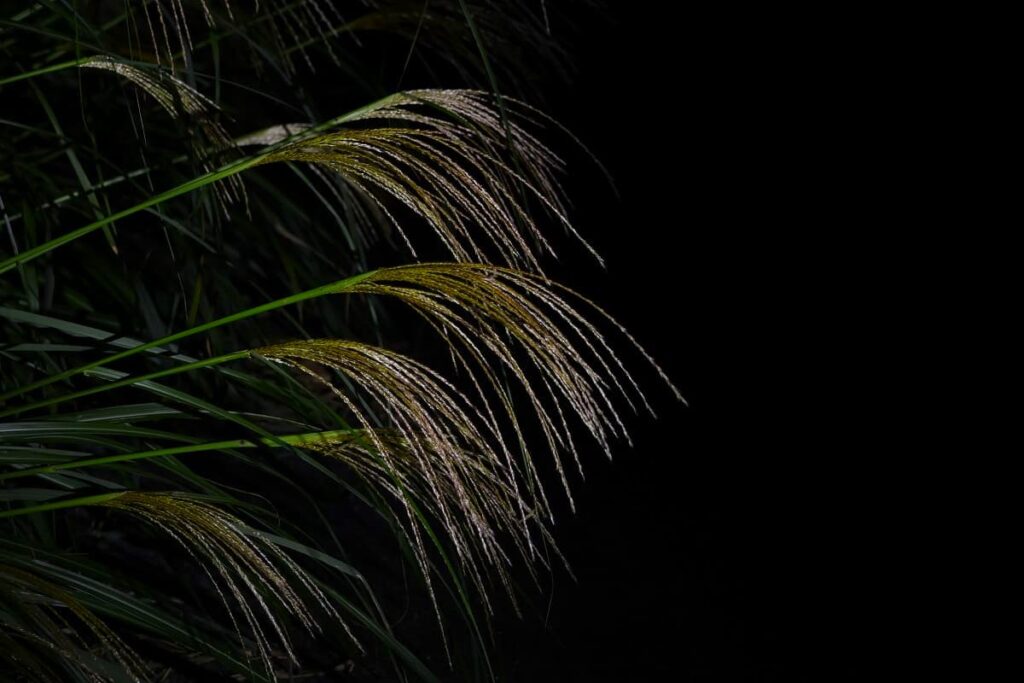
The Japanese proverb “幽霊の正体見たり枯れ尾花” translates roughly to “Seeing the true form of a ghost in dried pampas grass.” This saying reflects the idea that something that initially appears frightening or mysterious might not be so scary once understood. The image of susuki swaying in the wind at night can resemble a ghost, especially in the darkness. The proverb reminds us not to let fear or imagination get the best of us, but rather to look at things rationally and calmly.
Susuki in the Game Nioh 2
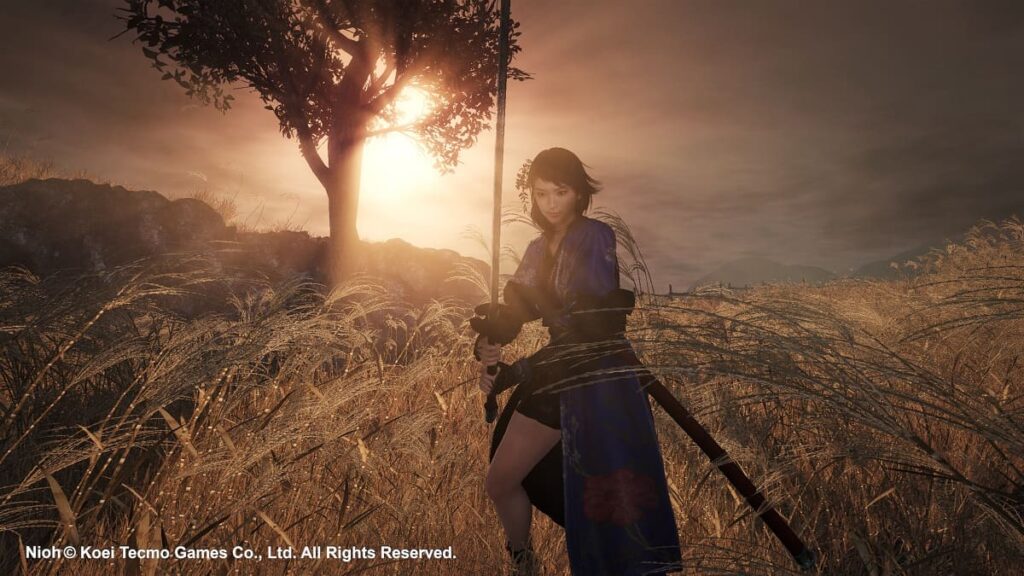
Susuki is featured prominently in the atmospheric backgrounds of Nioh 2, a popular action role-playing game.
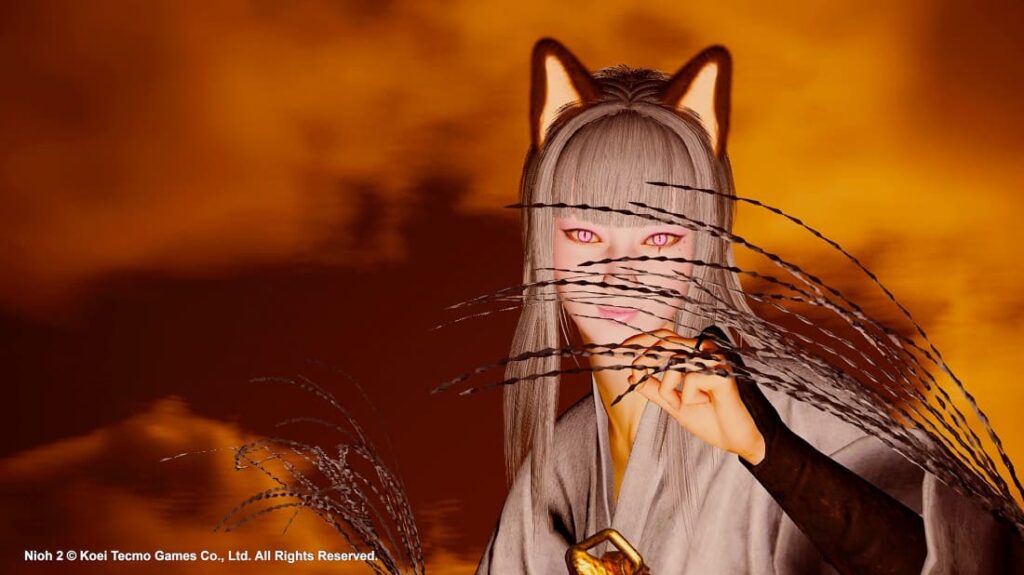
The game’s stages, set in feudal Japan, often depict fields of susuki swaying in the wind. This visual choice enhances the game’s immersive setting, reflecting the beauty of Japan’s autumn landscape. The use of susuki creates a haunting contrast to the intense battles that take place in the game, offering moments of calm within the chaos.
Susuki (Japanese Pampas Grass) Q&A
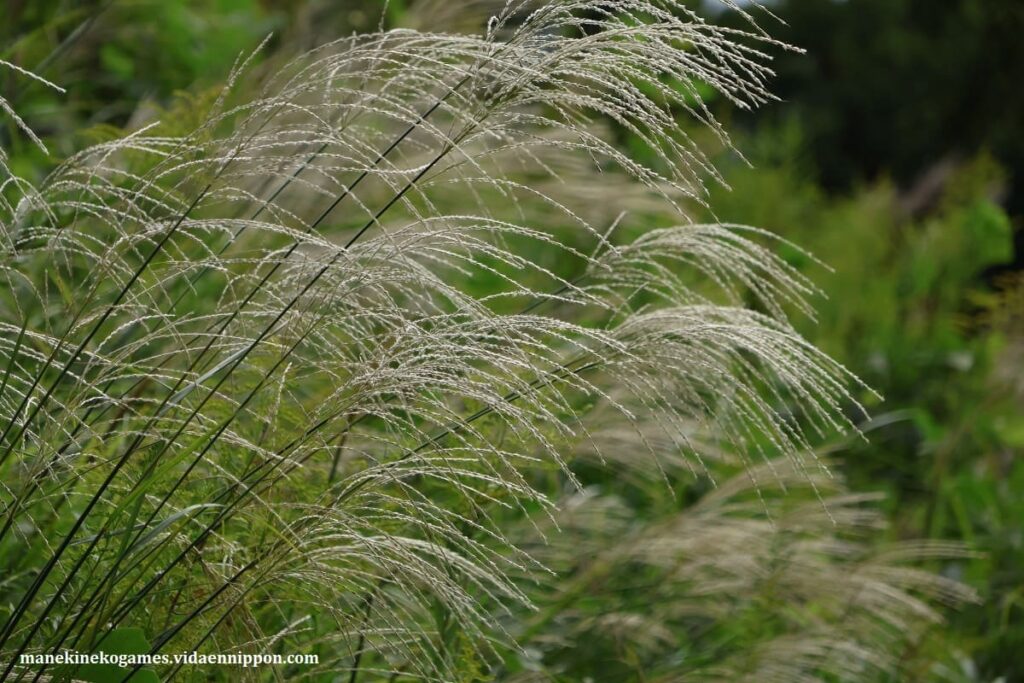
- QWhere can I see susuki in Japan?
- A
Susuki can be found across Japan, especially in fields, mountains, and riverbanks. During autumn, many parks and gardens also showcase its beauty.
- QWhy is susuki used in moon-viewing ceremonies?
- A
Susuki is used as a symbol of rice plants in moon-viewing ceremonies, linking the event to prayers for a successful harvest. It also adds to the aesthetic appeal of the celebration with its graceful appearance.
Conclusion
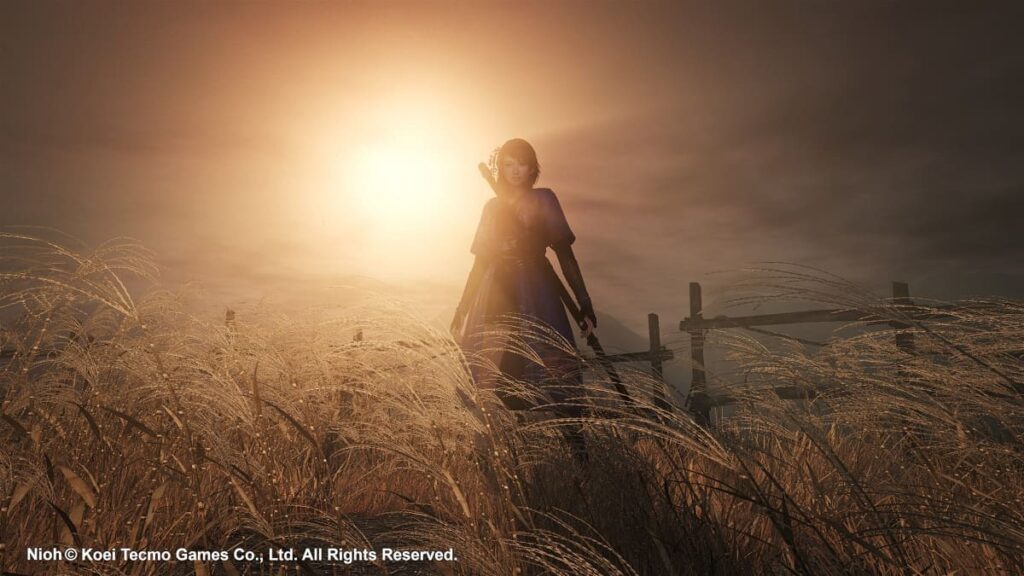
Susuki is more than just a beautiful autumn plant—it is deeply woven into the fabric of Japanese culture and traditions. From its role in moon-viewing festivals to its association with spiritual practices and proverbs, susuki continues to be a symbol of endurance, beauty, and reflection. Even in modern times, as seen in the game Nioh 2, susuki holds a place in artistic expressions, bringing the charm of Japan’s autumn landscape to life.
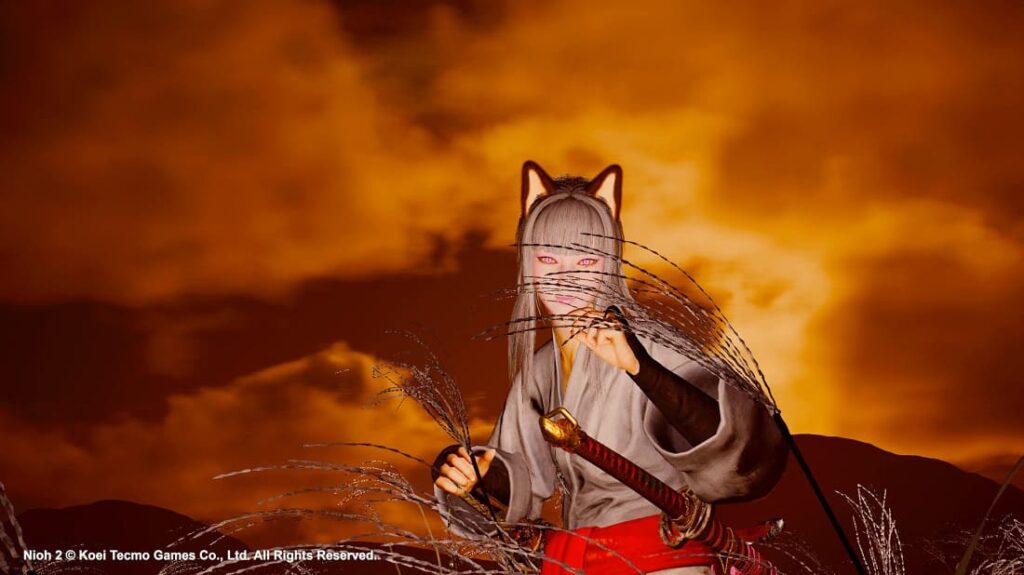
Next time you see susuki, whether in a field or in a game, take a moment to appreciate its cultural significance and enduring beauty.
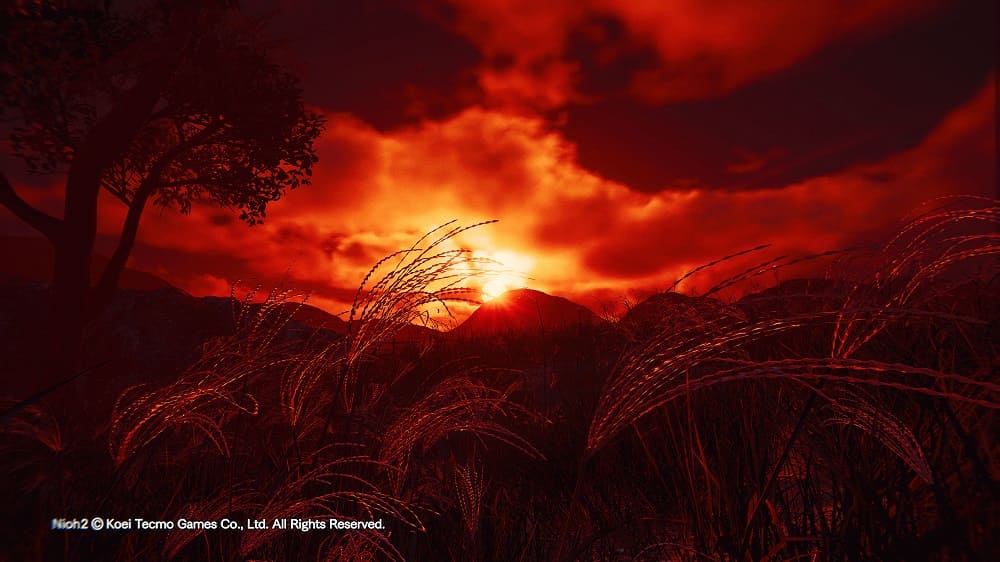

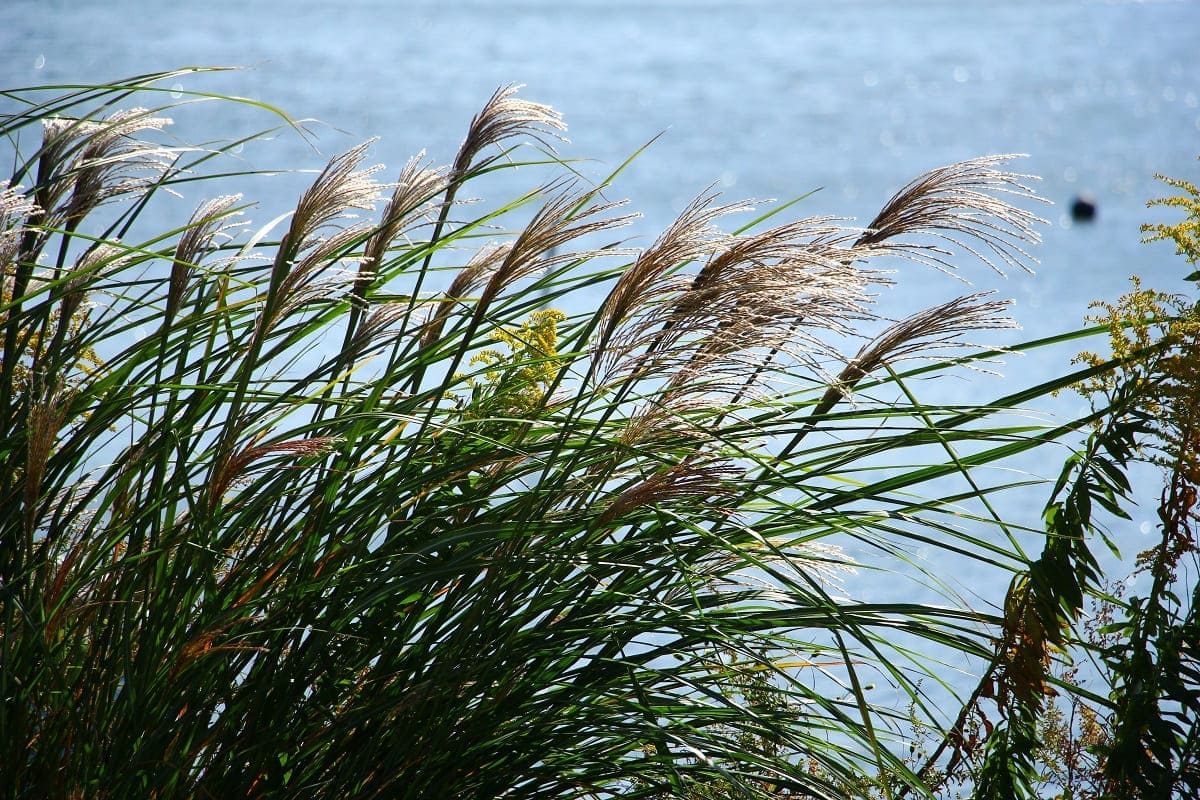

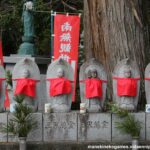
Comments